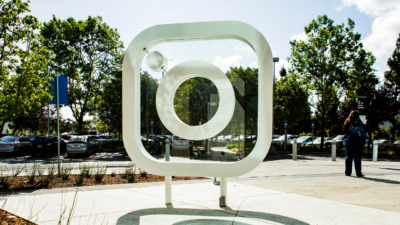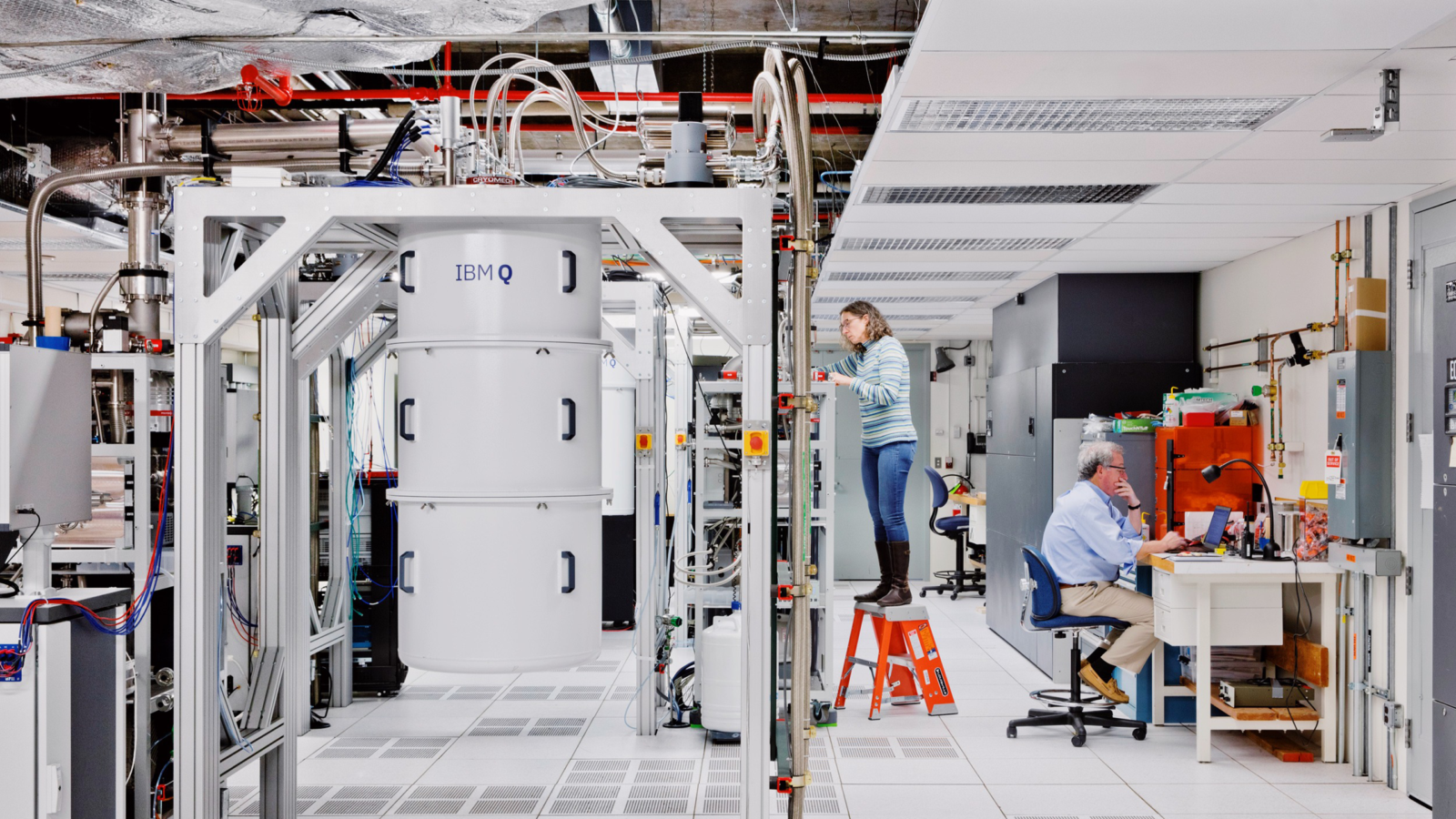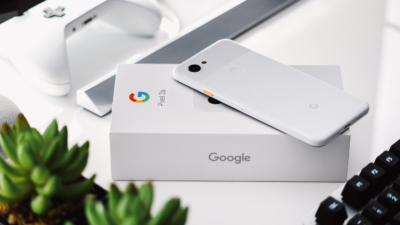Meta’s Losing AR Developers to Snap
Bloomberg reported on Wednesday that Meta is bleeding third-party augmented reality developers to its rival, Snap.
Sign up for smart news, insights, and analysis on the biggest financial stories of the day.
Don’t bite the hand that gives you the filter that makes you look like a cat.
Bloomberg reported on Wednesday that Meta is bleeding third-party augmented reality developers to its rival, Snap. This is in large part because the company closed down its AR studio to redirect funds to AI development, despite just launching a pair of AR glasses. So why the mixed signals?
Reality Bites
Before ChatGPT devoured Silicon Valley’s attention, the metaverse was the next big thing. But augmented-slash-virtual reality headsets have yet to really break out of being a niche tech toy. Meta’s sunsetting of Meta Spark, its platform that helped third parties build AR effects, took developers by surprise. It only gave them around five months’ notice; Spark is expected to close down in January. Meta said it will focus on in-house development of AR effects and prioritize making them for things like its newly-released AR glasses, Orion.
But developers weren’t using Meta Spark primarily to make apps for metaverse hardware; they used it to make filters for existing products like Instagram. Now, they’re flocking over to Snapchat. For Meta, losing those developers makes it even less likely the metaverse is going to be a place people actually want to spend time:
- A problem Meta has faced with its virtual reality platform Horizon Worlds is that there’s not much for people to do in there. Picture an app store with no apps on it and a bunch of 3D avatars aimlessly wandering around, and you get the idea.
- Snapchat, meanwhile, is undergoing a major redesign, merging its existing features into a TikTok-esque video feed.
The Apple of Your Eye: Apple joined Meta in the VR headset space this year with its mixed AR/VR Apple Vision Pro headset. It launched at an eye-watering $3,500, and according to a report from The Information, it may have already hit market saturation. Sources told The Information that Apple is already scaling back production, and may stop altogether by the end of the year. That doesn’t mean it’s ducking out of the race, though. Bloomberg’s Mark Gurman reports the company is working on as many as four new products in the VR/AR space, including a cheaper alternative to the Vision Pro.












